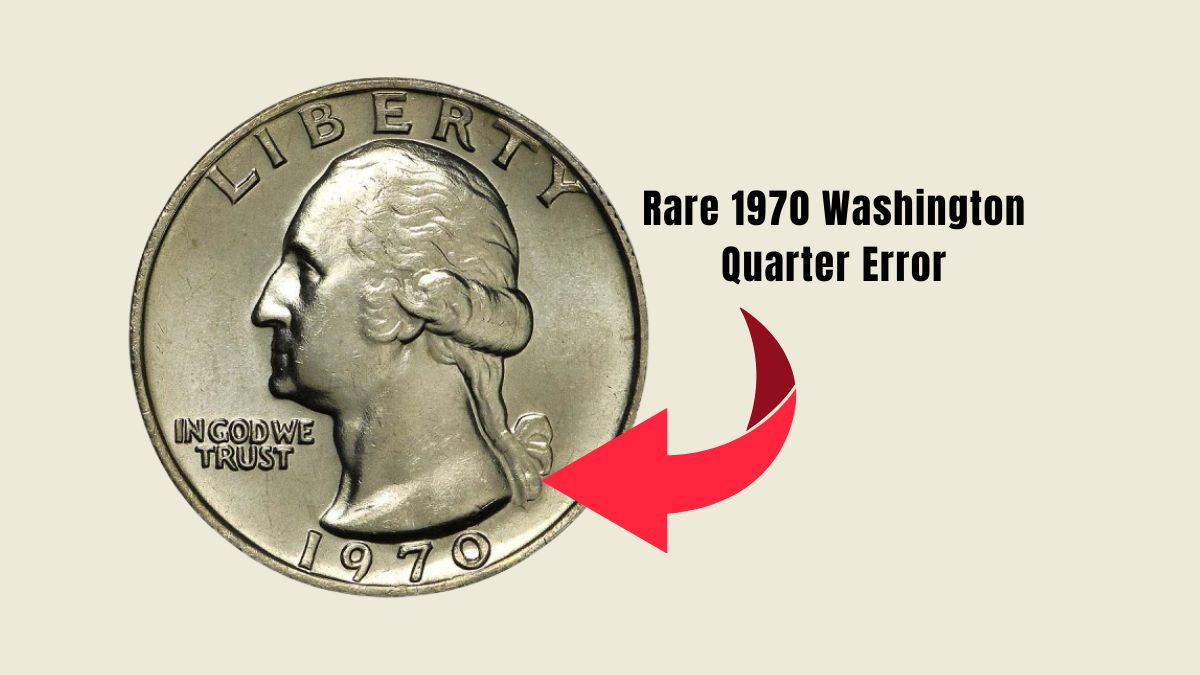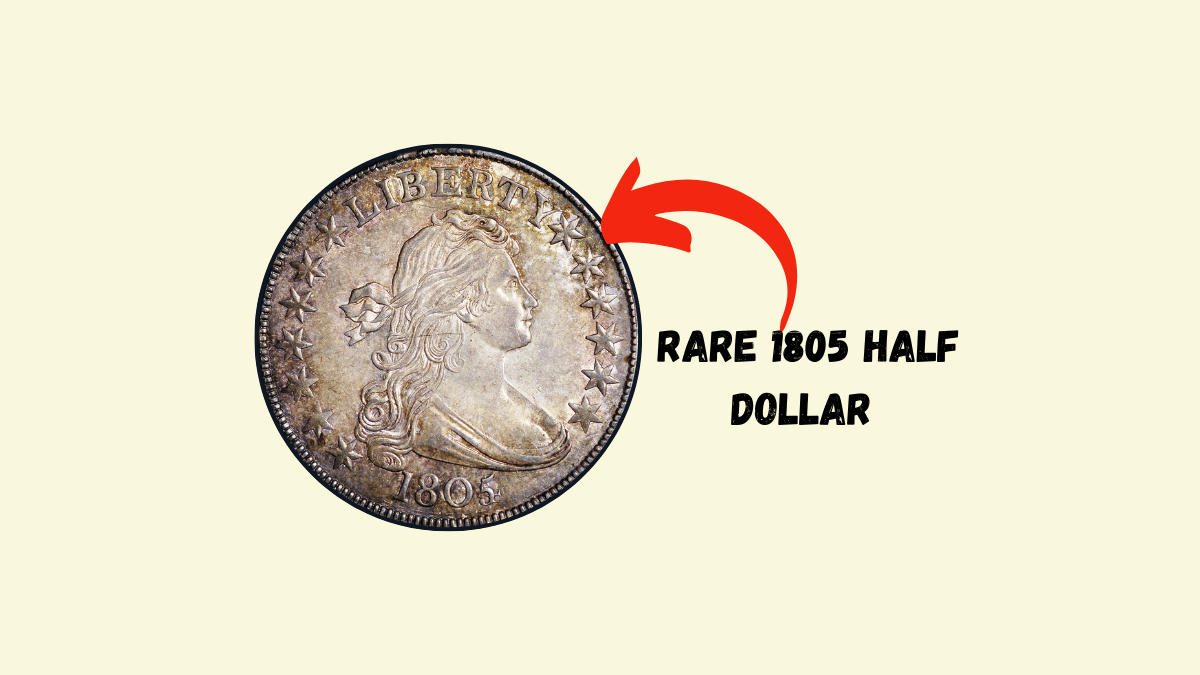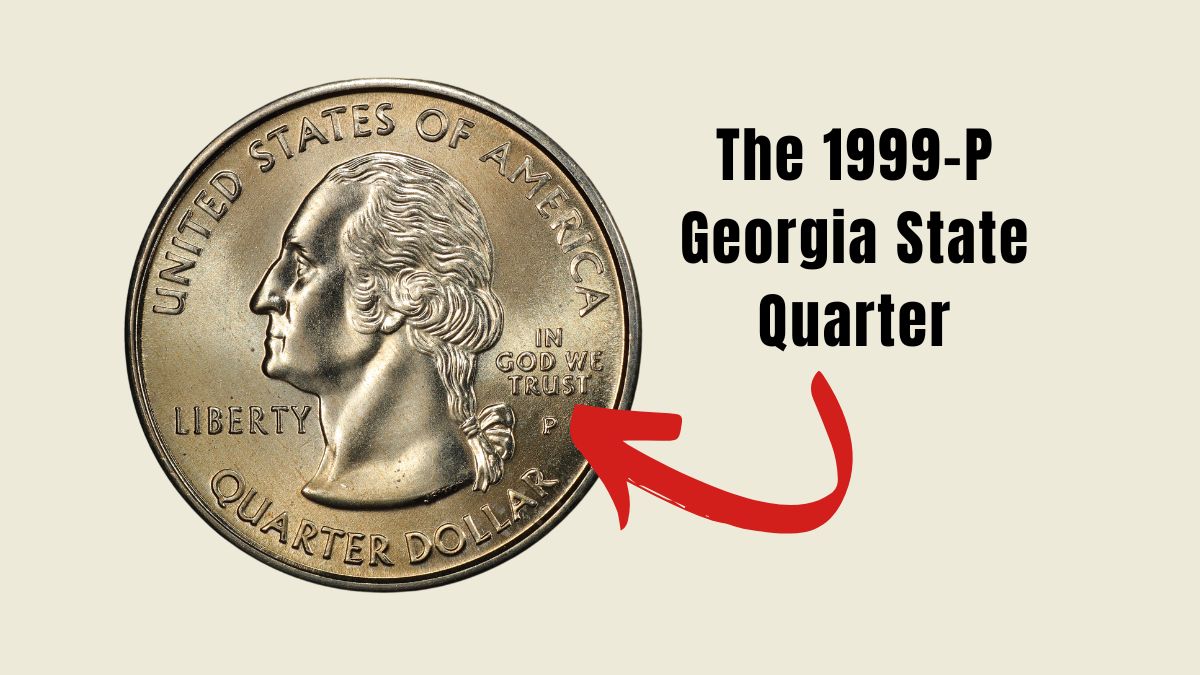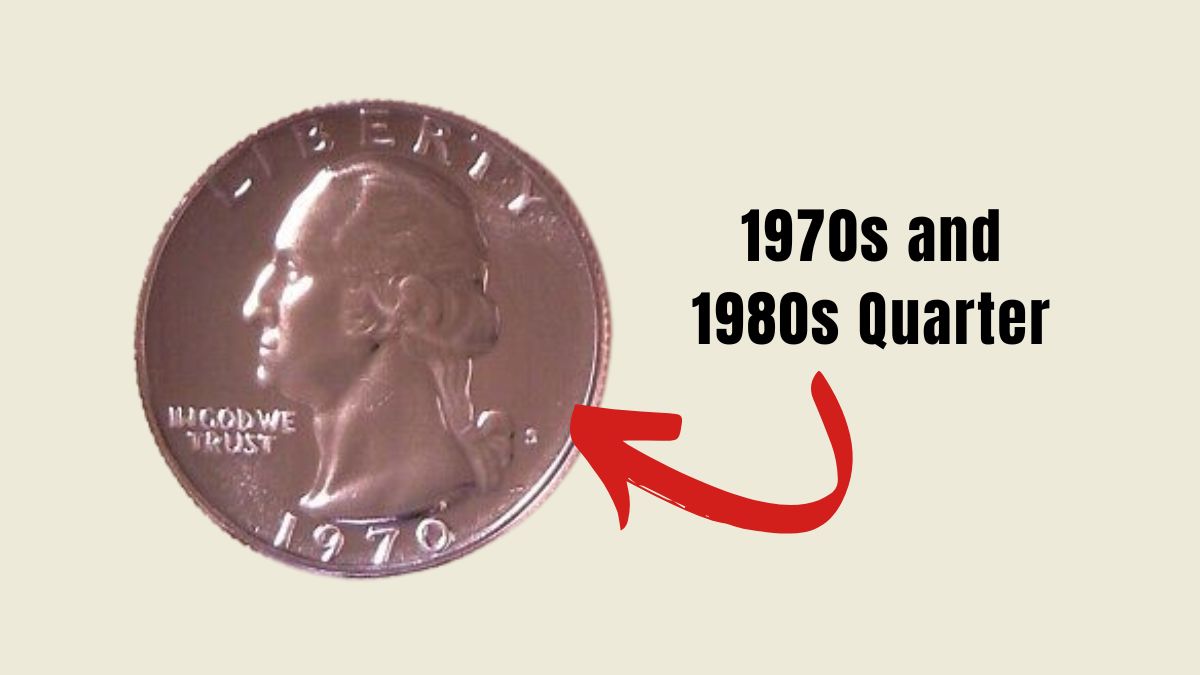The 1970 Washington Quarter, a seemingly ordinary coin from the U.S. Mint, has garnered significant attention in the numismatic community due to rare mint errors that have led to astonishing auction prices. Understanding these anomalies and their impact on the coin’s value is essential for collectors and enthusiasts.
Overview of the 1970 Washington Quarter
The Washington Quarter, first introduced in 1932 to commemorate George Washington’s 200th birthday, continued its production in 1970 with over 500 million coins minted across three facilities: Philadelphia (no mint mark), Denver (‘D’ mint mark), and San Francisco (‘S’ mint mark). These quarters were composed of an outer layer of 75% copper and 25% nickel, bonded to a pure copper core, resulting in a total weight of 5.67 grams.
Mint Marks and Mintage Figures
| Mint Location | Mint Mark | Mintage |
|---|---|---|
| Philadelphia | None | 136,420,000 |
| Denver | D | 417,341,364 |
| San Francisco | S | 2,632,810 (Proof) |
Notable 1970 Quarter Errors and Their Values
Certain 1970 quarters possess mint errors that have significantly increased their value:
- 1970-S Proof Quarter Struck on a 1941 Canadian Quarter: This extraordinary error occurred when a 1970-S proof quarter was mistakenly struck over a 1941 Canadian silver quarter. The underlying details of the Canadian coin are faintly visible beneath the U.S. design. This unique piece fetched $35,000 at auction, highlighting the immense value such errors can command.
- Double Die Errors: Some 1970 quarters exhibit doubling in their design elements, known as double die errors. These errors can affect the obverse, reverse, or both sides of the coin. The value of double die error quarters varies based on the prominence of the doubling and the coin’s condition, with some fetching several hundred to thousands of dollars at auction.
- Off-Center Strikes: Off-center errors occur when the coin is not properly aligned during the striking process, resulting in a portion of the design being missing. The degree of the off-center strike and the coin’s condition influence its value, with more dramatic errors being more desirable to collectors.
Factors Influencing the Value of Error Coins
Several factors determine the value of error coins:
- Rarity: The scarcity of the error significantly impacts its value. Unique or seldom-seen errors command higher prices.
- Condition (Grade): Coins are graded on a scale from 1 to 70, with higher grades indicating better preservation. Error coins in superior condition are more valuable.
- Type of Error: Certain errors, such as double strikes or off-center strikes, are more sought after due to their visual appeal and rarity.
Recent Auction Prices
| Coin Description | Auction Price |
|---|---|
| 1970-S Proof Quarter on 1941 Canadian Quarter | $35,000 |
| 1970-D Washington Quarter MS69 | $15,000 |
Identifying Valuable 1970 Quarters
To determine if a 1970 quarter is valuable, consider the following steps:
- Examine for Errors: Look for anomalies such as off-center strikes, doubling of design elements, or any unusual features.
- Check Mint Marks: Identify the mint mark to ascertain the coin’s origin, as certain mints had higher error rates.
- Assess Condition: Evaluate the coin’s condition using the Sheldon grading scale. Coins with minimal wear and clear details are more valuable.
- Consult Experts: Seek professional appraisal from reputable coin dealers or grading services to obtain an accurate assessment of your coin’s value.
The 1970 Washington Quarter, while common in circulation, holds the potential for significant value due to rare mint errors. Collectors and enthusiasts should remain vigilant for these anomalies, as they can transform an ordinary coin into a highly prized collectible fetching thousands at auction.
FAQs
What makes the 1970-S proof quarter struck on a 1941 Canadian quarter so valuable?
This coin is valuable due to its unique mint error, where a 1970-S proof quarter was mistakenly struck over a 1941 Canadian silver quarter, creating a rare and highly sought-after collectible.
How can I identify a double die error on a 1970 quarter?
A double die error is identified by noticeable doubling in the coin’s design elements, such as letters or numbers. Using a magnifying glass can help detect these anomalies.
Are all 1970 quarters with errors valuable?
While many error coins have increased value, the specific type of error, its rarity, and the coin’s condition, all play significant roles in determining its worth.




